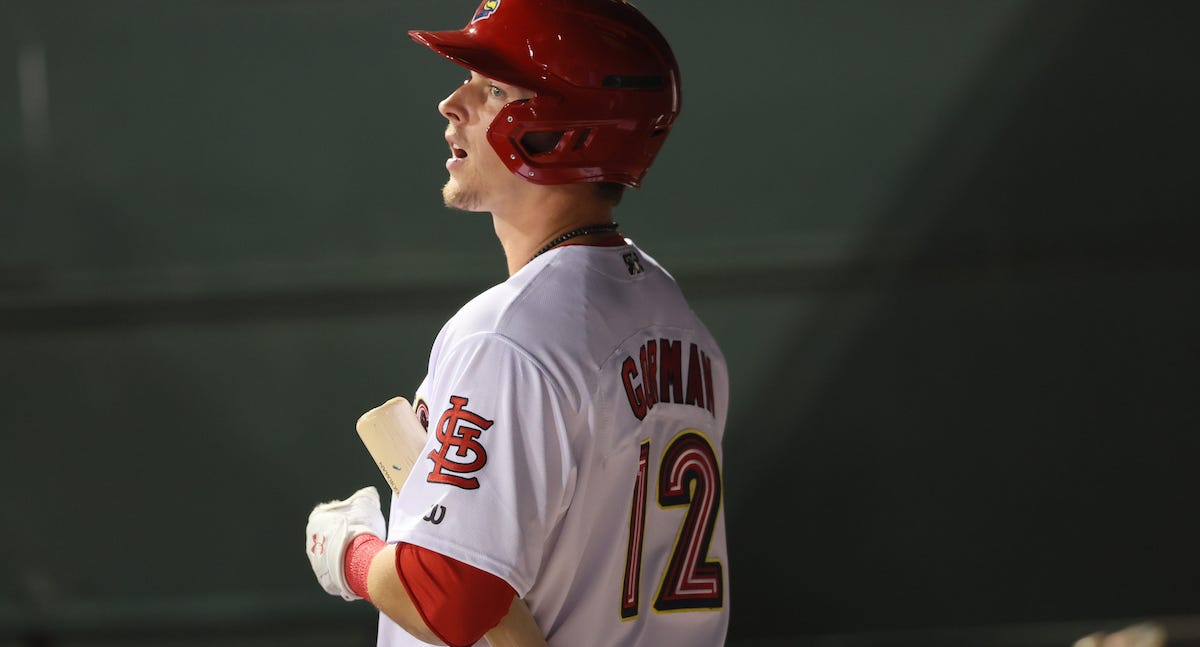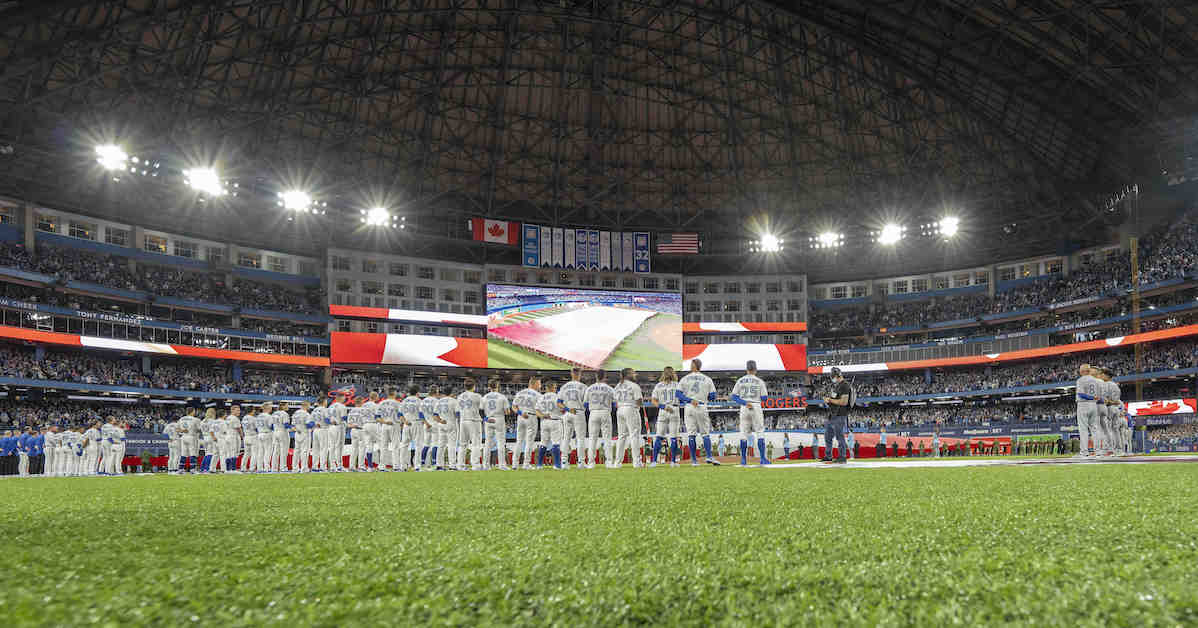Rowdy Tellez Is Absolutely Mashing

It’s been far too long since we celebrated Rowdy Tellez. We ought to be toasting the achievements and the moniker of the Brewers’ burly first baseman on a routine basis, as they testify to the extent to which skilled ballplayers comes in all shapes and sizes, and if anyone wants to convene a parade towards that end, I’m happy to volunteer my services as grand marshal. With the 27-year-old slugger in the midst of a superlative week that’s placed him among more familiar names on the leaderboards, it’s high time to check in on ol’ Rowdy.
In the midst of a six-game onslaught during which the Brewers pounded 20 homers and scored 54 runs against the Cubs and Reds, on Wednesday, Tellez put together the biggest game of a career that’s spanned parts of five seasons, going 4-for-6 with a double, two homers, and eight RBIs. To be fair it came against a Cincinnati squad that took the opportunity to allow a season-high 18 runs while losing their eighth straight game and 19th out of 20, and against pitchers of questionable quality even within that context. After collecting a first-inning single off Vladimir Gutierrez, Tellez crushed a grand slam off him in the third, one with a projected distance of 453 feet; the drubbing helped push the Cincinnati righty’s ERA to 8.86. In the sixth inning, Tellez added a 431-foot two-run homer off rookie reliever Dauri Moreta (ERA: 5.11), and in the eighth, he added a bases-loaded double against position player Matt Reynolds:





